In the competitive world of real estate, first impressions are everything.
The moment a potential buyer walks through the door of a property, they begin to form opinions that can greatly influence their decision-making process.
This is where the art of home staging comes into play.
Home staging is the strategic arrangement and decoration of a property to showcase its best features and create an inviting atmosphere.
This powerful technique has gained immense popularity in recent years, as it offers a plethora of benefits to both sellers and buyers.
In this blog, we’ll delve into the captivating world of home staging and explore its numerous advantages.
The Power of First Impressions
As the saying goes, “You never get a second chance to make a first impression.”
When it comes to selling a home, this sentiment couldn’t be truer.
Home staging goes beyond simply decluttering and cleaning – it involves arranging furniture, adding tasteful décor, and creating an ambiance that resonates with potential buyers.
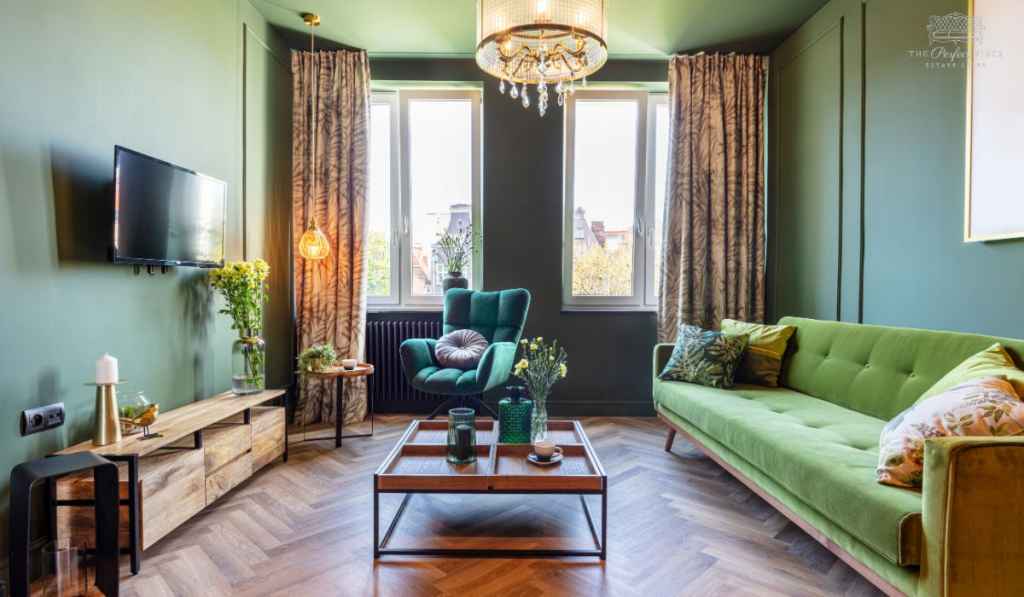
A professionally staged home can captivate buyers from the moment they step inside, helping them envision their life in the space.
Advantages of Home Staging
- Faster Sales: Staged homes tend to sell faster than vacant or cluttered ones.
Buyers are more likely to make quicker decisions when they can envision themselves living in the space. - Higher Perceived Value: A well-staged home appears more valuable, justifying a potentially higher asking price and attracting serious buyers.
- Online Appeal: In the digital age, most homebuyers begin their search online.
Staging ensures your property stands out in listing photos and virtual tours. - Emotional Connection: Staging evokes emotions, allowing buyers to connect emotionally with the property.
This connection can be a powerful driver for making an offer. - Highlighting Key Features: Professional staging draws attention to a property’s best features, whether it’s a cozy fireplace or a spacious outdoor patio.
- Neutralizing Style: Staging uses neutral decor and furnishings to appeal to a wide range of tastes, helping buyers see themselves living in the space.
- Maximized Space: Clever furniture placement can make a room feel larger and more functional, eliminating any doubts about space limitations.
- Showcasing Potential: Staging showcases a property’s potential, helping buyers imagine how they could personalize the space to suit their lifestyle.
- Minimized Flaws: By emphasizing strengths, staging can divert attention from minor flaws that might otherwise deter buyers.
- Positive Perception: A staged home reflects a well-cared-for property, instilling confidence in buyers that they’re making a smart investment.
Conclusion
Home staging is more than just decorating; it’s a powerful marketing tool that can significantly impact the selling process.
The benefits of home staging extend beyond aesthetics, influencing buyer perceptions, offers, and the speed of sale.
By tapping into the art of home staging, sellers can elevate their properties to new heights and create an irresistible allure that leaves a lasting impression on potential buyers.
Whether you’re selling a cozy condo or a sprawling estate, the advantages of home staging are undeniable, making it a worthwhile investment for any seller in today’s competitive real estate market.
FAQs
What exactly is home staging?
Home staging is the process of preparing a property for sale by enhancing its visual appeal through furniture arrangement, decor, and overall presentation.
How does home staging work?
A professional home stager evaluates the property, identifies its strengths, and strategically places furniture and decor to highlight its features. This can involve rearranging existing furniture or bringing in rental pieces.
Do I need to stage a vacant property?
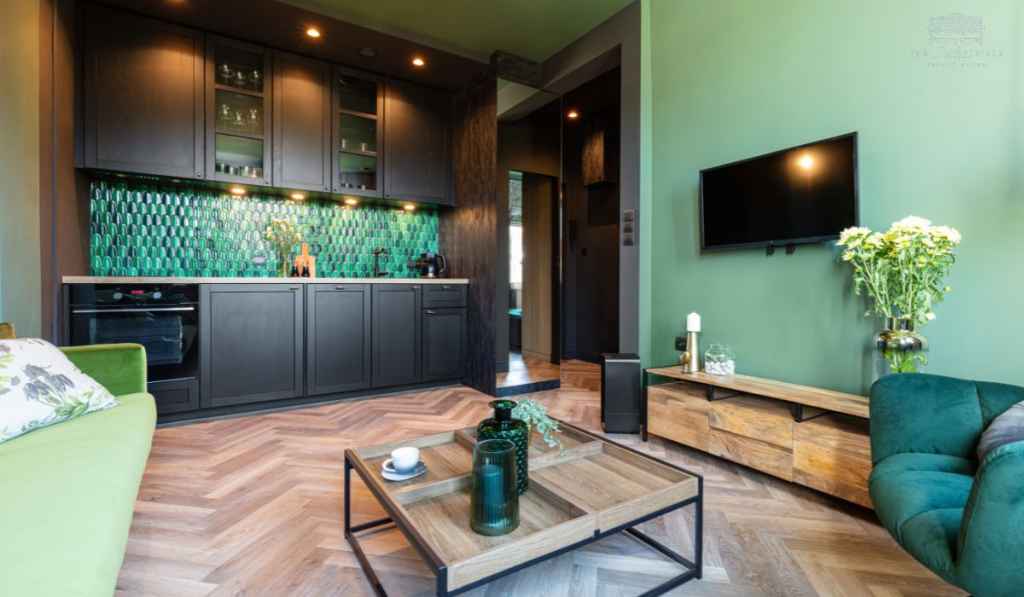
Staging is particularly beneficial for vacant properties, as it helps buyers visualize the potential of empty rooms and spaces.
Can’t buyers use their imagination to see the potential?
While some buyers can imagine a space’s potential, many find it challenging. Staging eliminates guesswork and presents a lifestyle buyers can immediately connect with.
Is home staging expensive?
The cost of staging varies depending on factors like the size of the property and the extent of staging. However, the return on investment (ROI) often outweighs the initial cost.
Can I stage my home myself?
While DIY staging is possible, professional stagers have expertise in optimizing space and creating appealing aesthetics that attract a wide range of buyers.
Will staging guarantee a higher sale price?
While staging doesn’t guarantee a specific price, it can contribute to a higher perceived value, which can lead to competitive offers.
How early should I stage my home before selling?
Staging should ideally be done before listing photos are taken. This ensures your online listing captures the staged appearance, attracting more potential buyers.
What rooms should be staged?
Key areas to focus on include the living room, master bedroom, and kitchen. However, staging all rooms can create a cohesive and attractive flow throughout the property.
Can staging hide flaws or problems?
Staging isn’t meant to conceal issues but to present the property in the best possible light. It’s crucial to address any underlying problems before putting the property on the market.
Is staging only for high-end homes?
Staging benefits properties of all price ranges. It’s about showcasing the potential and lifestyle a property offers, regardless of its price.
How do I find a reliable home staging professional?
You can ask for recommendations from your real estate agent or search for accredited home staging professionals online.
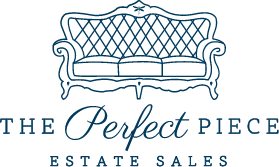




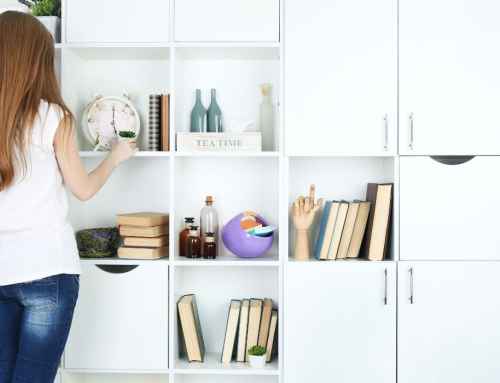
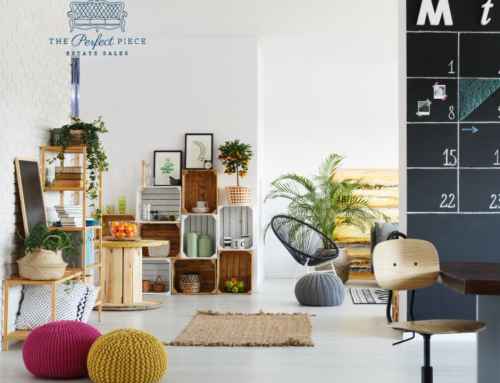

Leave A Comment